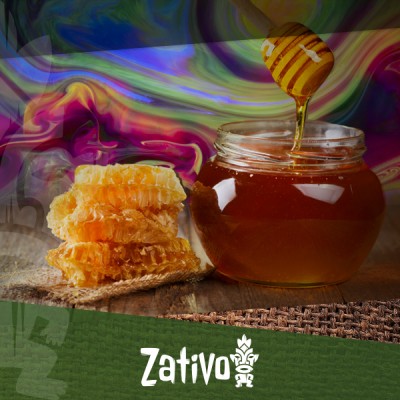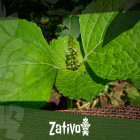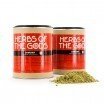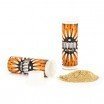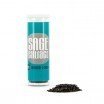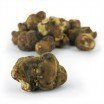Don't have an account?
Register NowYou have to add to cart at least 5 bottles or any program to make checkout.
- BlogWhat Is Mad Honey?
What Is Mad Honey?
Published: April 10th, 2018
Categories:
Other subjects • Plants and Seeds
The potent, sticky substance people call "mad honey" has been around for centuries. This honey contains chemical properties that are said to help with hypertension, diabetes, sexual performance, and more. Superstitious gatherers who collect this psychedelic honey rely on the moon cycle and only voyage out on certain days to ensure a safe harvest.
WHAT IS MAD HONEY?
The term "mad honey" may sound like a strange name for something that is generally thought to be really sweet; however, it is the intoxication caused by overconsumption of rhododendron honey that explains its title. This powerful honey was the perfect battle tactic used in 67 BCE. At the time, Persian King Mithridates and his army were being hunted by Roman soldiers along the Black Sea. The Persians quickly plotted to send vessels of this honey in the path of their pursuers. They surely received a sweet defeat, as over 1,000 unbeknownst Romans met their demise from being severely intoxicated by such edible “madness.”
Mad honey is highly sought after because it's believed to improve sexual performance and cholesterol levels, as well as potentially treat diseases such as hypertension and diabetes. There is no scientific proof behind these claims, and it may well be that these assertions are no more than superstitions. However, careful collectors of this hallucinogenic honey swear by its benefits. In-keeping with traditional practices, cultivators only collect the honey in the mornings and evenings, and make sacrifices to their gods before initiating the honey hunt.
MAD HONEY: WHERE IS IT FOUND AND HOW IS IT MADE?
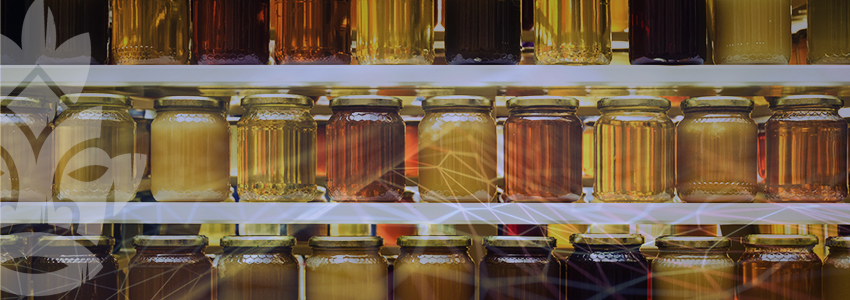
Originally from Eastern Turkey, mad honey is made from the nectar of rhododendron flowers. There are over 700 varieties of these flowers and unlike your average honeybees, they're pollinated by larger, more aggressive bees called "del bali." Today, rural Turkish beekeepers unleash the del bali out into the rhododendron flower fields to pollinate this honey.
The rhododendron flower contains neurotoxins called grayanotoxins. This is a natural chemical that binds to the sodium ion channels in our body's cell membranes once consumed. Honey produced during the spring is more toxic and can sometimes contain higher concentrations of grayanotoxins than that produced in other seasons.
In Nepal, there are tours organised to feature Nepalese harvesters in action. Thrill-seekers wanting to experience a honey hunt tour should contact companies "Above the Himalaya Trekking" or "Geo Treks."
MAD HONEY: EFFECTS
For many decades, the Nepalese have extracted famous Himalayan red honey from hives hanging on high mountain rock hills. The bee nests can reach up to five feet in diameter, each containing about 60 kilograms of honey. It is said that locals can detect the strength of the honey’s intoxication simply by its colour. Mad honey is not only used for it's believed healing properties, but to induce mind-altering effects for the consumer. Shortly after eating, one might experience euphoria, a soothing “high” feeling, or even hallucinations. As far as health benefits go, lovers of mad honey believe it to function as an antibacterial, natural stimulant, aphrodisiac, and painkiller, among others.
MAD HONEY: WARNING OF POISONING
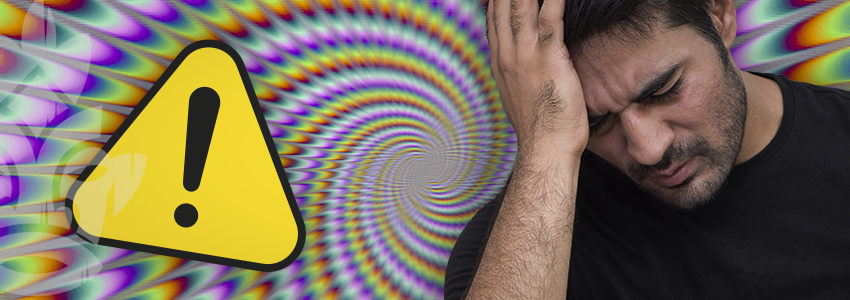
Mad honey can be used recreationally by humans, but it must be taken in small doses. Failing to do so can result in an overdose or even death from poisoning; although, cases of a lethal intoxication are extremely rare.
The intake of the chemical compound grayanotoxin, also known as rhodotoxin, needs to be moderated to prevent mad honey poisoning or so-called "Mad Honey Disease." A few symptoms of Mad Honey Disease are:
- Dizziness
- Hypertension or hypotension
- Bradycardia (low heart rate)
- Nausea and vomiting
- Gastrointestinal problems
- Diarrhea
- Mental confusion
- Impaired consciousness
- Blurred or double vision
- Low blood pressure
- Irregular heartbeat
- Excessive perspiration and salivation
- Convulsions
Treatment is usually symptomatic, and although the symptoms can seem serious, the prognosis is usually positive as patients respond well to treatment. Once the toxins have passed through the system - generally within 24 hours - patients are sent home in good health, taking with them a very clear warning about the dangers of excessive mad honey consumption.

